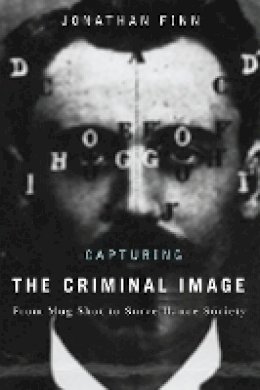
Capturing the Criminal Image: From Mug Shot to Surveillance Society
Jonathan Finn
At the beginning of the twentieth century, criminals, both alleged and convicted, were routinely photographed and fingerprinted-and these visual representations of their criminal nature were archived for possible future use. At the beginning of the twenty-first century, a plethora of new tools-biometrics, DNA analysis, digital imagery, and computer databases-similarly provide new ways for representing the criminal.
Capturing the Criminal Image traces how the act of representing-and watching-is central to modern law enforcement. Jonathan Finn analyzes the development of police photography in the nineteenth century to foreground a critique of three identification practices that are fundamental to current police work: fingerprinting, DNA ... Read more
As Finn reveals, the collection and archiving of identification data-which consist today of much more than photographs or fingerprints-reflect a reconceptualization of the body itself. And once archived, identification data can be interpreted and reinterpreted according to highly mutable and sometimes dubious conceptions of crime and criminality.
Show LessProduct Details
About Jonathan Finn
Reviews for Capturing the Criminal Image: From Mug Shot to Surveillance Society
